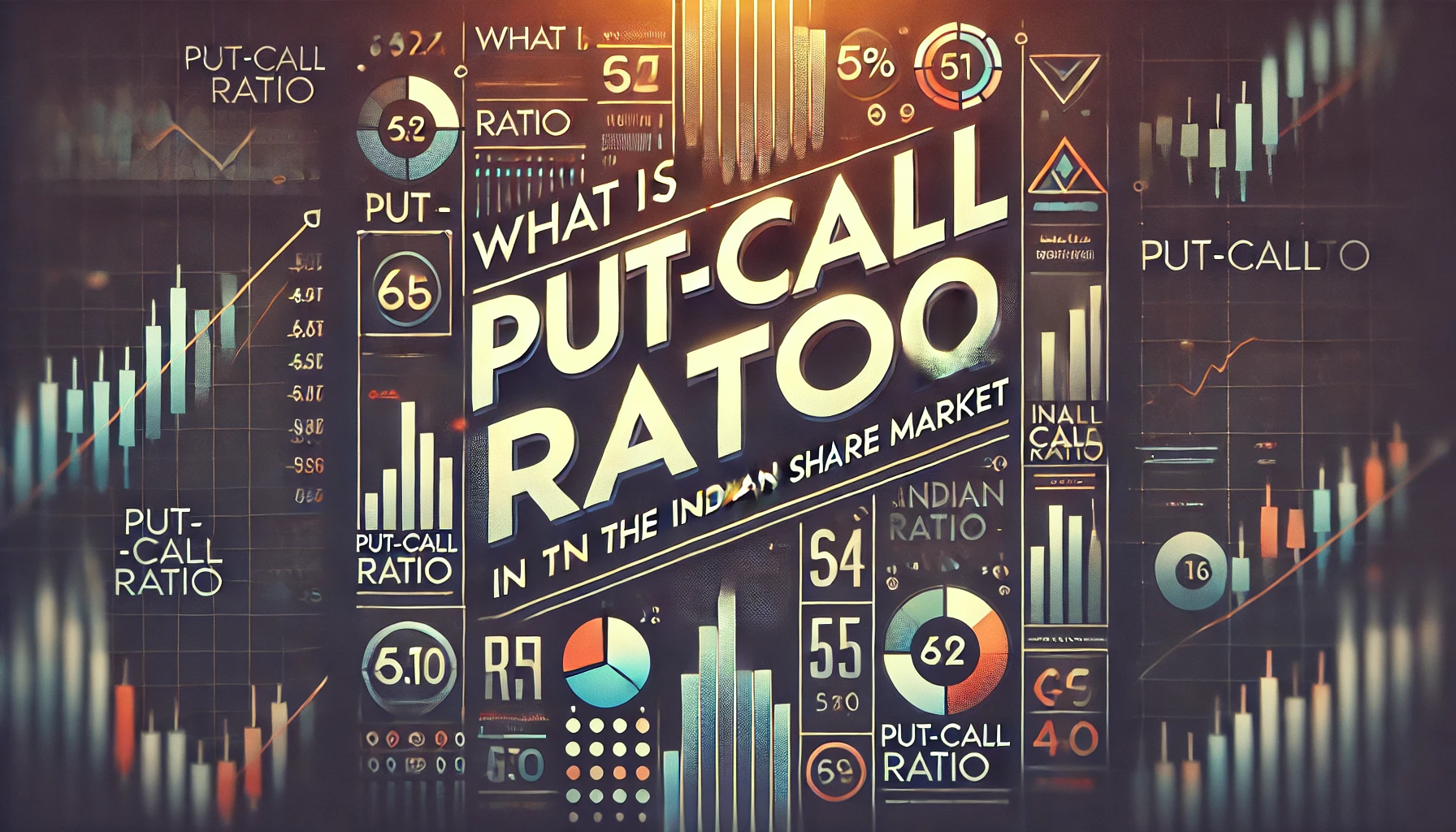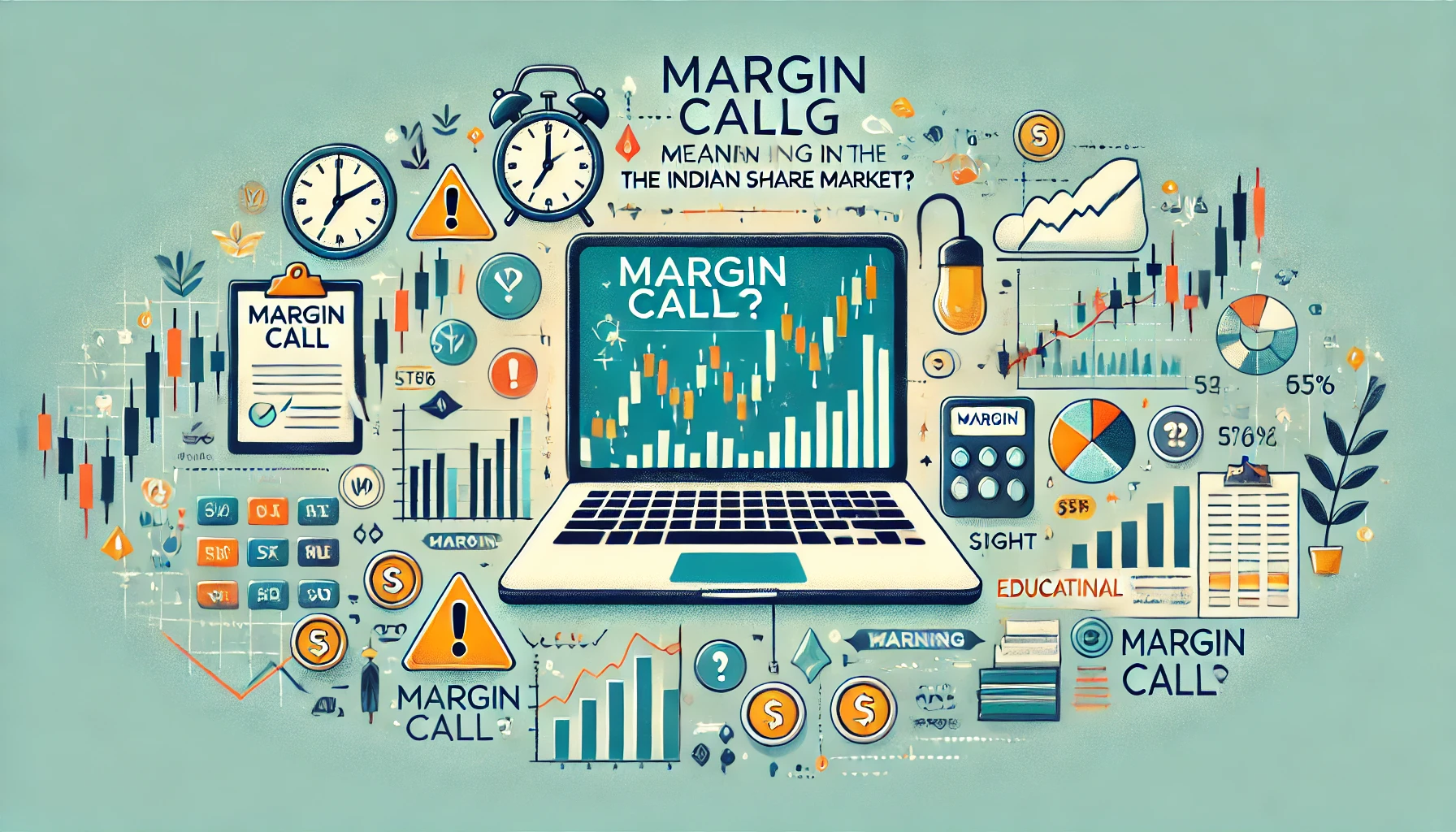Margin money is a crucial aspect of trading in the Indian share market, especially in derivatives. For any trader, understanding margin requirements is essential to managing risk and optimizing trading strategies. Margin refers to the amount of funds that a trader needs to deposit with a broker to initiate a trade. It serves as collateral to cover potential losses in case of unfavorable market movements. This guide explores what margin money is, how it functions in the derivatives market, and its significance for traders.
What is Margin Money?
Margin money is the initial deposit that traders must maintain in their accounts to open positions in derivatives. Unlike trading stocks directly, derivatives trading involves leverage, allowing traders to control a larger position with a smaller investment. This leverage exposes traders to higher profits and risks, and margin money helps mitigate these risks.
Types of Margin in Derivatives Trading
There are several types of margins that traders need to be familiar with:
- Initial Margin:
The initial margin is the minimum amount required to open a derivatives position. It represents a percentage of the total contract value and acts as a safety net against market volatility. - Maintenance Margin:
Maintenance margin is the minimum balance that must be maintained in the trading account to keep a position open. If the account balance falls below this level, the broker may issue a margin call, asking the trader to deposit additional funds. - Variation Margin:
Variation margin represents the additional funds required to cover losses when the market moves against the trader’s position. If the market moves in favor of the trader, excess margin may be withdrawn. - Mark-to-Market Margin:
This margin is calculated daily based on the settlement price of the derivative contract. The broker adjusts the margin requirements based on fluctuations in the market.
| Margin Type | Description |
|---|---|
| Initial Margin | Minimum deposit to open a position |
| Maintenance Margin | Minimum balance to keep positions open |
| Variation Margin | Additional funds required to cover daily losses |
| Mark-to-Market | Adjustments made based on market conditions |
Role of Margin in Risk Management
In derivatives trading, margin plays a key role in managing risk. Traders must ensure they have sufficient margin to absorb potential losses. The leverage provided by derivatives allows traders to magnify their positions, but without adequate margin, they expose themselves to higher risks.
Leverage and Margin
Leverage is a double-edged sword in the derivatives market. With higher leverage, traders can control large positions with a fraction of the total contract value, increasing the potential for both gains and losses. Margin ensures that traders have skin in the game, reducing the risk of default.
Example: Leverage in Action
Let’s assume a trader wants to purchase a futures contract worth ₹10,00,000. If the broker requires an initial margin of 10%, the trader needs to deposit ₹1,00,000 to open the position. With a small amount of capital, the trader controls a large position, but if the market moves unfavorably, the losses can exceed the initial margin, triggering a margin call.
Historical Perspective of Margin in Indian Markets
The concept of margin money has evolved in India’s derivatives markets. Here’s a brief historical timeline showing the role of margin requirements:
| Year | Development |
|---|---|
| 2000 | Introduction of equity derivatives on NSE and BSE, requiring initial and maintenance margins |
| 2008 | Increased margin requirements due to global financial crisis, highlighting the need for higher risk management |
| 2018 | SEBI introduced additional surveillance margins to enhance market stability |
| 2021 | SEBI introduced peak margin regulations, requiring brokers to collect full margins throughout the day |
Calculating Margin Requirements
Margin requirements in derivatives trading depend on several factors, including the type of asset, the volatility of the market, and the regulations set by SEBI. For equity futures and options, the margin is typically calculated using a methodology called SPAN (Standard Portfolio Analysis of Risk).
The formula for calculating margin is complex and depends on the specific characteristics of the contract, but a simplified version can be represented as:Initial Margin=Contract Size×Margin Percentage\text{Initial Margin} = \text{Contract Size} \times \text{Margin Percentage}Initial Margin=Contract Size×Margin Percentage
For instance, if the contract size of a stock futures contract is ₹5,00,000 and the margin percentage is 12%, the initial margin would be:₹5,00,000×0.12=₹60,000₹5,00,000 \times 0.12 = ₹60,000₹5,00,000×0.12=₹60,000
Importance of Margin in Derivatives Trading
- Protecting Market Integrity:
Margin ensures that participants have sufficient funds to cover potential losses, which helps maintain the integrity of the market. - Mitigating Systemic Risk:
By requiring margin, exchanges prevent cascading defaults that could arise if a large number of traders fail to meet their obligations. - Promoting Liquidity:
Proper margin requirements ensure a liquid market, where traders can easily buy and sell contracts without disruptions.
Margin Call and its Implications
A margin call occurs when the funds in a trader’s account fall below the required maintenance margin. In such cases, brokers issue a call for additional funds, which the trader must deposit to continue holding their position.
Steps Following a Margin Call:
- The trader receives a margin call notification from the broker.
- The trader must deposit the required amount to meet the margin requirements.
- If the trader fails to deposit the funds, the broker may close out the position to limit potential losses.
Regulatory Oversight on Margin in India
In India, the Securities and Exchange Board of India (SEBI) regulates margin requirements. SEBI has introduced various reforms over the years to strengthen market resilience. These include mandatory collection of upfront margins, introduction of peak margin requirements, and periodic adjustments based on market conditions.
SEBI’s 2021 Peak Margin Regulations
In 2021, SEBI implemented stricter peak margin rules, requiring brokers to collect full margins throughout the trading day. This change aimed to reduce intraday speculative trading and encourage more prudent risk management among traders.
| Before 2021 | After SEBI Peak Margin Rule (2021) |
|---|---|
| Traders could trade with lower margins | Brokers must collect 100% of the margin throughout the day |
Common Challenges Faced by Traders Due to Margin Requirements
- Margin Call Anxiety:
Traders often experience stress due to frequent margin calls during volatile markets. This can lead to forced liquidation of positions. - Liquidity Constraints:
High margin requirements can strain liquidity for retail traders, limiting their ability to trade. - Regulatory Changes:
Frequent changes in margin regulations can make it difficult for traders to stay updated and adjust their strategies accordingly.
Impact of Margin Money on Indian Derivatives Market
The introduction and continuous refinement of margin rules by SEBI have had a profound impact on the Indian derivatives market. The increased margin requirements have helped in reducing excessive speculation and promoting long-term stability. However, it has also restricted some retail traders who operate with limited capital from participating in the market.
Conclusion
Margin money is a critical component of derivatives trading in the Indian share market. It serves as a safeguard for both traders and the broader financial system. By ensuring traders have sufficient collateral to cover potential losses, margin money reduces risk and promotes stability in a highly leveraged market. As regulations evolve, traders must stay informed and adjust their strategies to navigate the ever-changing landscape of the derivatives market.

What Is Implied Volatility?
In the realm of Indian share market derivatives, implied volatility (IV) plays a crucial role …

What is Margin Funding?
Margin funding is a powerful tool in the Indian share market that allows traders to …

Forward vs Future contract
In the Indian share market, derivatives such as forward and future contracts play a pivotal …

What is Margin Money?
Margin money is a crucial aspect of trading in the Indian share market, especially in …

What is Put-Call Ratio?
The Put-Call Ratio (PCR) is one of the most widely used indicators in options trading …

What is Derivatives?
Derivatives are financial instruments whose value is derived from an underlying asset or benchmark. In …

What is Cost of Carry?
The cost of carry is an essential concept in futures trading that reflects the cost …

What is futures
Futures are a fundamental part of derivatives trading in the Indian stock market. They allow …

Bullish Option Strategies
In the ever-evolving world of derivatives trading, options have become a powerful tool for investors …

Understanding Physical Settlement in Futures & Options Contracts: A Comprehensive Guide
In the world of derivatives trading, the concept of physical settlement has gained prominence, particularly …

what are call options
The Indian share market has expanded significantly over the years, attracting a growing number of …

What Is Credit Spread Strategy
In the world of options trading, the credit spread strategy is one of the most …

What Is a Forward Contract
A forward contract is a customized financial agreement between two parties to buy or sell …

Types of Derivatives in India
The Indian derivatives market has grown exponentially, becoming a vital tool for investors and traders …

What is Swaps Derivatives
In the world of derivatives, swaps are a special class of contracts that allow two …

Intrinsic Value and Time Value of Options
Options trading is one of the most widely used financial instruments in the Indian share …

What is Open Interest?
In the world of derivatives, the concept of “Open Interest” plays a crucial role in …

Types of underlying assets in derivatives
The Indian derivatives market has grown exponentially over the last few decades, thanks to its …

derivatives on Option Volatility & Pricing Strategies
The Indian share market derivatives segment is a dynamic environment where advanced traders rely heavily …

What is Futures Contract
The Indian share market offers various financial instruments that provide opportunities for investors and traders. …

What is implied volatility in options?
In the world of options trading, one of the most crucial elements to understand is …

Futures Pricing Formula
The Indian share market is known for its dynamic nature and offers various opportunities for …

What is an ITM Call Option?
The world of options trading is filled with technical terms that are crucial for investors …

What is Max Pain Theory?
The Indian share market is full of strategies and theories that traders use to predict …

What is OTM Call Options
In options trading, terms like “in the money” (ITM), “at the money” (ATM), and “out …

What Is Rollover
Rollover is a common term in the world of futures and derivatives trading, especially in …

Futures Prices Converge Upon Spot Prices
In the world of financial markets, futures contracts play a significant role. One of the …

Call Ratio Back Spread
In the Indian share market, advanced trading strategies such as the Call Ratio Back Spread …

Margin Call Meaning
A margin call is one of the most critical warnings in trading, often marking a …

What is Bermuda Option?
The financial markets are full of complex instruments, and one such tool is the Bermuda …


















